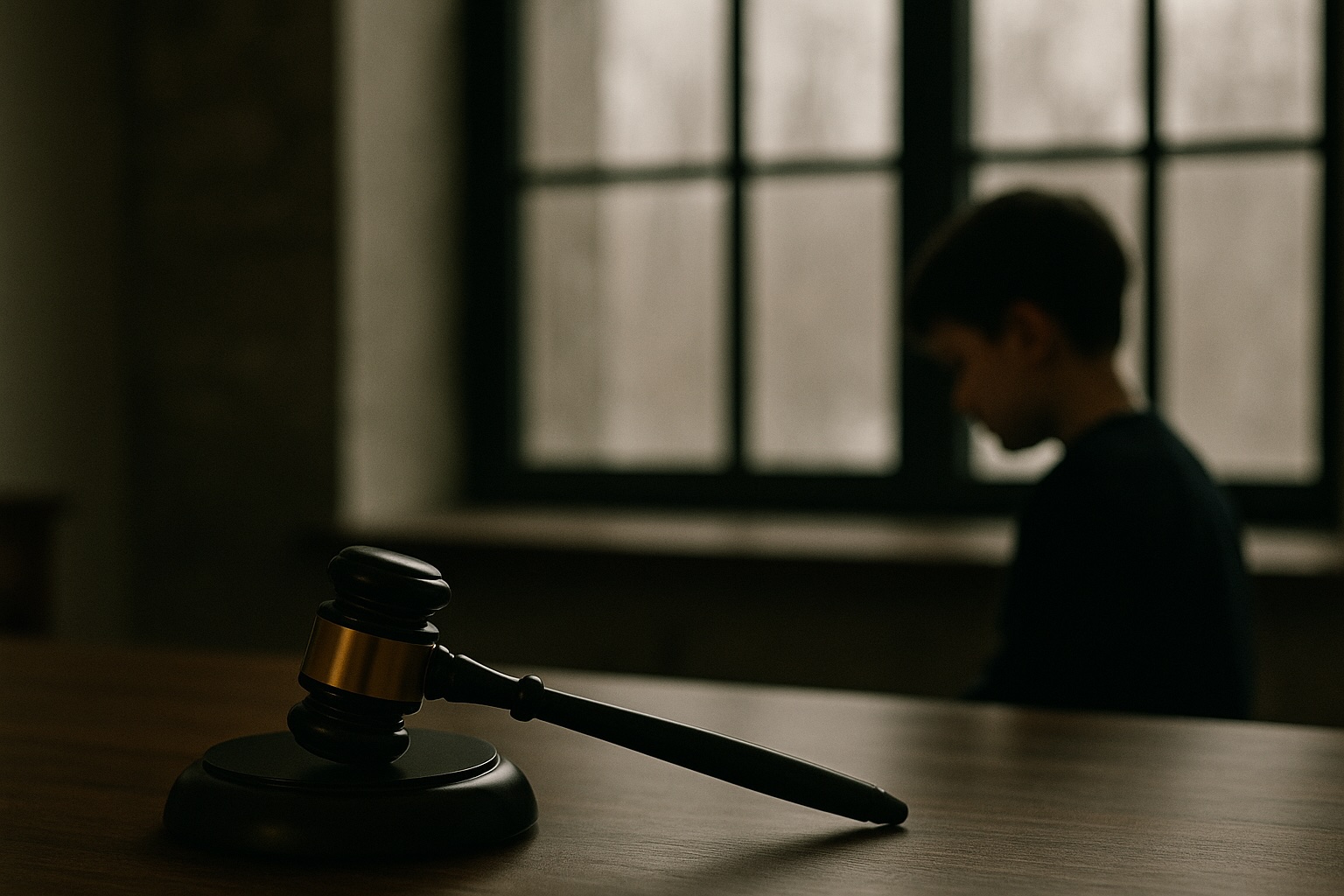In high-conflict parenting disputes, the courtroom often becomes the stage for two sharply divergent narratives. Each parent casts themselves as the stable caregiver and paints the other as unsafe or unfit. But when a child is old enough to meaningfully express their own perspective, the courts are increasingly turning to one crucial piece of evidence to cut through the fog: the Voice of the Child Report (VOC).
A recent Ontario decision underscores this pivotal role. In a case involving a 12-year-old boy, the parents were entrenched in a bitter dispute over where he should live following a breakdown in their parenting arrangements. Both parents offered conflicting accounts: the mother claimed to be the child’s long-standing primary caregiver, while the father alleged that the mother’s new partner had physically assaulted the boy, triggering a psychological crisis at school. In response, the father unilaterally held onto the boy, prompting the mother to bring an urgent motion for his return.
Over several months and numerous court appearances, the judge heard irreconcilable versions of events. While each party accused the other of fabrication and manipulation, there was a conspicuous lack of consistent, independent evidence. Recognizing the risks of relying solely on partisan narratives, the court ordered a VOC report from the Office of the Children’s Lawyer.
The result was revelatory. The boy’s statements, documented through interviews conducted by a trained clinician, were detailed, consistent, and emotionally vivid. He expressed a strong and repeated desire to live with his father, citing a pattern of emotional and physical mistreatment at the hands of his mother’s partner and the mother’s alleged refusal to believe or protect him. The child described a home environment where he was belittled, coerced, and subjected to verbal abuse – particularly when expressing love or preference for his father.
Crucially, the boy’s voice had already begun to emerge through earlier statements to school counsellors, child protection workers, and police – long before the VOC report was prepared. These independent sources echoed the boy’s concerns and desires, adding credibility to the view that his preferences were authentic and not coached.
The court’s ultimate decision gave considerable weight to the VOC report, along with the corroborating child protection records. Despite the mother’s allegations that the father had manipulated the child’s views, the court found that the boy’s preferences were clearly and consistently expressed, unambiguous, and formed under circumstances that suggested minimal influence from either parent. Moreover, the court emphasized that the boy’s stated fear, confusion, and emotional distress made his voice not only relevant but central to assessing his best interests.
The takeaway from this case is clear: where the facts are contested and each parent presents a diametrically opposed version of reality, the child’s own account – especially when obtained through structured, independent processes like a VOC report – may be the most reliable and persuasive evidence before the court.
Importantly, a VOC report is not determinative; it does not substitute for the judge’s discretion, nor does it replace a full evidentiary record. As Ontario courts have consistently held, the child’s views are one factor among many in the best interests analysis. But in cases of prolonged conflict, emotional volatility, and allegations of coercive behaviour, the child’s voice may be the only unfiltered insight into what is actually happening behind closed doors.
This case also highlights a systemic issue: the chronic delay and under-resourcing of agencies like the OCL, which initially refused to engage due to time constraints. Fortunately, in this instance, the court persisted in requesting the report – recognizing that justice delayed for a child is, in many cases, justice denied.
For family law professionals, the lesson is sobering and instructive. We must not underestimate the value of listening to children in a developmentally appropriate and trauma-informed manner. VOC reports, when done properly, allow children to speak in their own words – not to decide outcomes, but to inform the decisions that will affect the rest of their lives.
In family law, truth is often elusive. But when two parents tell opposing stories, the child’s voice may be the only one speaking from the heart of the conflict. And that voice deserves to be heard.
CASE LINK: https://www.canlii.org/en/on/onsc/doc/2025/2025onsc2737/2025onsc2737.html
This article was recently published in Lexis Nexis’ LAW360 at https://www.law360.ca/ca/family/articles/2354484/when-parents-clash-over-facts-the-child-s-voice-tips-the-scale
Steve Benmor, B.Sc., LL.B., LL.M. (Family Law), C.S., is the founder and principal lawyer of Benmor Family Law Group, a boutique matrimonial law firm in downtown Toronto. He is a Certified Specialist in Family Law and was admitted as a Fellow to the prestigious International Academy of Family Lawyers. Steve is regularly retained as a Divorce Mediator, Arbitrator and Parenting Coordinator. As a Divorce Mediator, Steve uses his 30 years of in-depth knowledge of family law, court-room experience and expert problem-solving skills in Divorce Mediation to help spouses reach fair, fast and cooperative divorce settlements without the financial losses, emotional costs and lengthy delays from divorce court. You can find his CV at https://benmor.com/wp-content/uploads/2023/12/Steve_CV_Nov23.pdf. He can be reached at steve@benmor.com
Share this article on:
